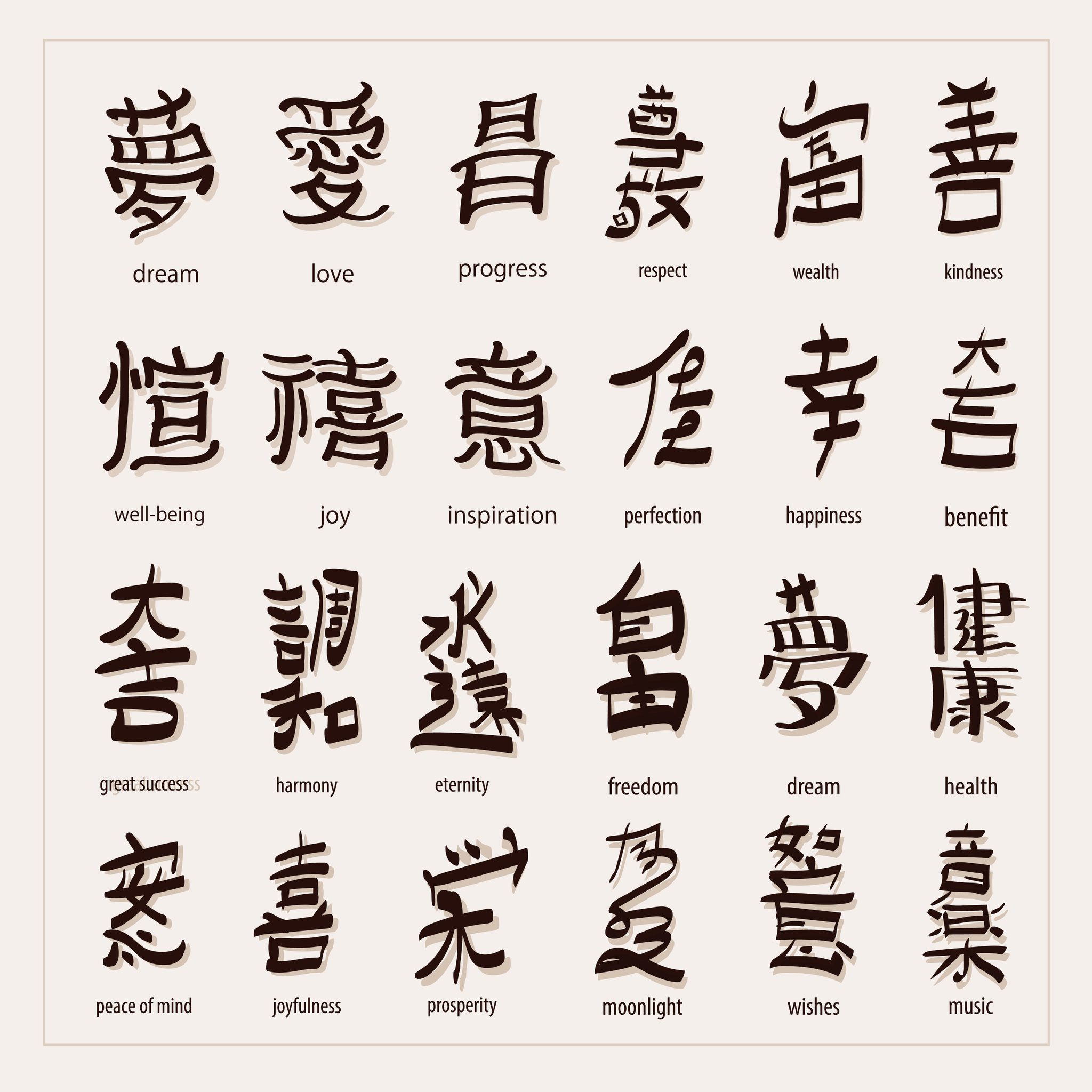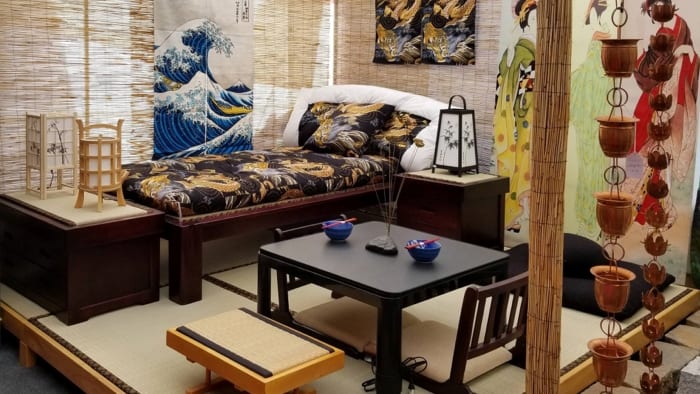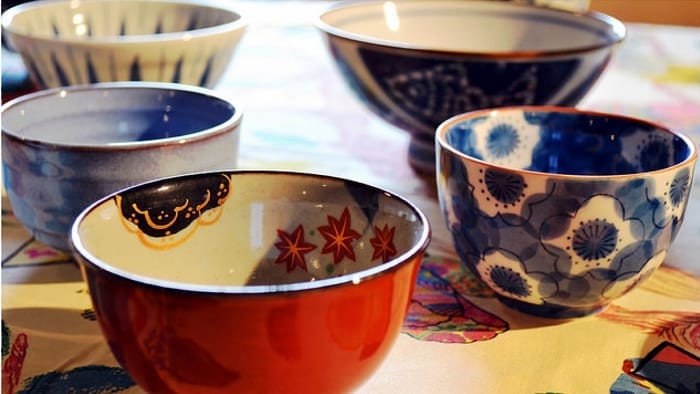Many art enthusiasts never get tired of the beauty of Ukiyo-e. You can still see houses decorated with Ukiyo-e paintings and home décors. This is because those who knew of its legendary beginnings also knew how valuable these art pieces are.
The Birth of a Masterpiece
You can trace the history of ukiyo-e art back to the Edo Period. This was also known as the Tokugawa Period, from 1615-1868. This was at a time when Edo was the center of Japanese life and where the shogun ruled. Many historians characterize this period as a hundred years of peace and solitude. This was also when Japan was isolated from the rest of the world, the reason why art flourished without any influence from other civilizations.
As the Tokugawa shoguns held the reins of power, the wealthy merchants were stripped of their high social hierarchy position. Thus, they began to resort to art and culture since these were the only aspects of community life where they had an equal playing field with the elite upper classes such as the artisans, farmers, and warriors.
Voice of the Townspeople
What made Ukiyo-e distinct from other forms of art in Japan was that it was a collaboration between everyone involved. Truly, it was Ukiyo-e that gave these people a reputable cultural status outside the sophisticated court life.
Translated into English, Ukiyo-e means “pictures of the floating world.” The phrase “floating world” was used to describe the 17thcentury lifestyle in Edo when Ukiyo-e started to flourish. The lifestyle then was marked with a desire for entertainment in the form of vices—no wonder why the Ukiyo-e paints and prints depict beautiful women in kimonos and many other scenes. Sharaku and Utamaro’s art was mostly about this hedonistic lifestyle.
However, many art pieces show everyday folklife, the folk tales of the time. Among the notable Ukiyo-e artists renowned for their prowess in landscape painting were Hokusai and Hiroshige.
Woodblock Prints
Ukiyo-e also makes use of woodblock as a medium. Four creative people work hand in hand to produce these majestic pieces. They are the publisher who acts as a marketer of the finished woodblock prints; the artist who draws the images on paper; the carver who transfers these designs into the woodblock; finally, the printer who applies pigments to the woodblock and prints the different hues to the handmade paper. The prints can be monochromatic or colorful.
The “Floating World”
As the Meiji Restoration of 1868 ushered an era from Japan, Ukiyo-e art’s popularity began to fade. And when Hiroshige and Hokusai died, the fate of this 16th-century art was sealed as well. Along with the artists’ death was the demise of this art that flourished for 100 years.
Have. questions about Ukiyo-e art? Send us an email!



